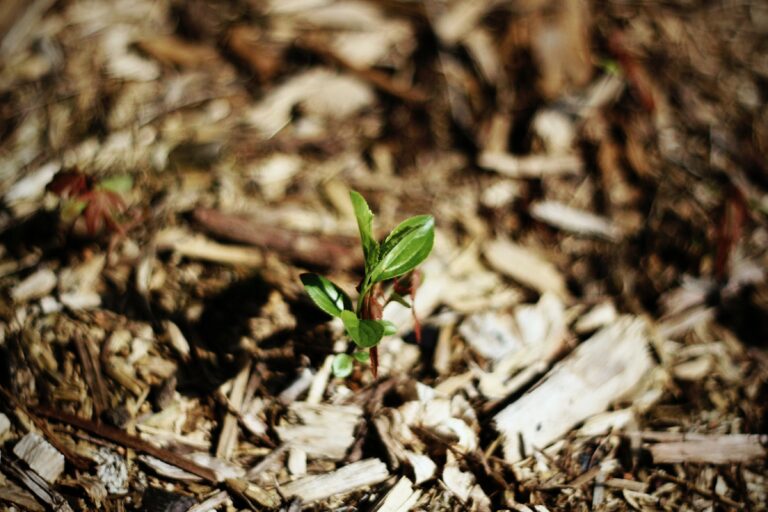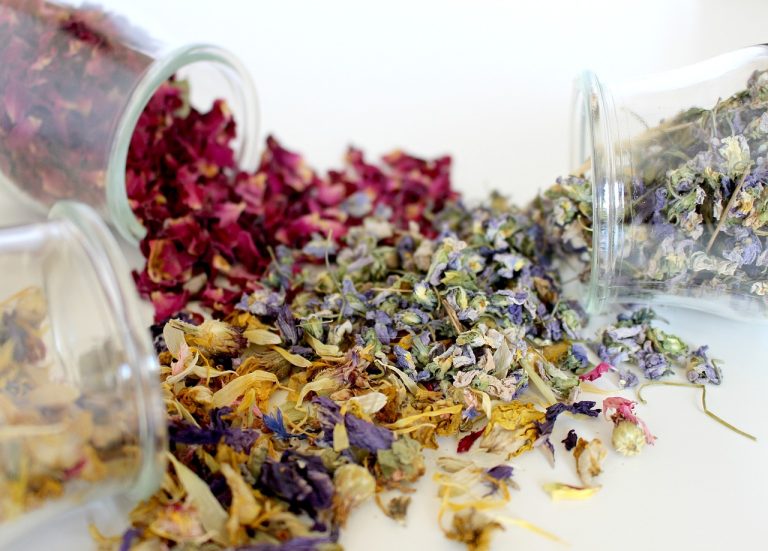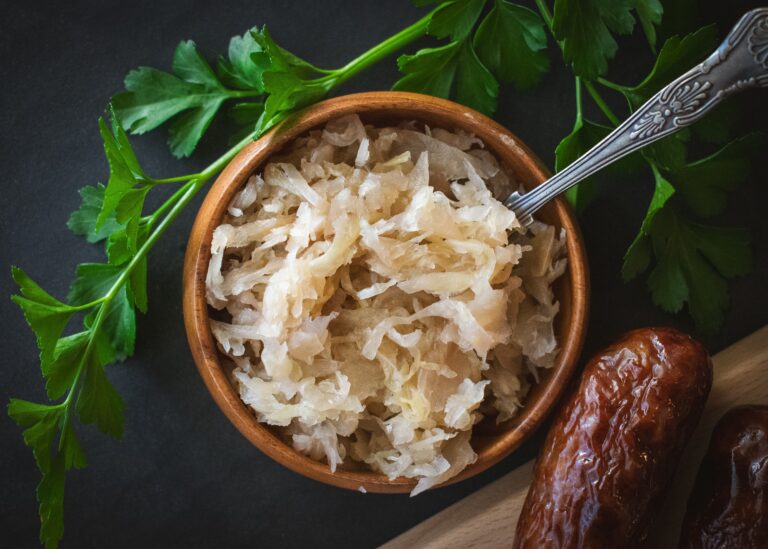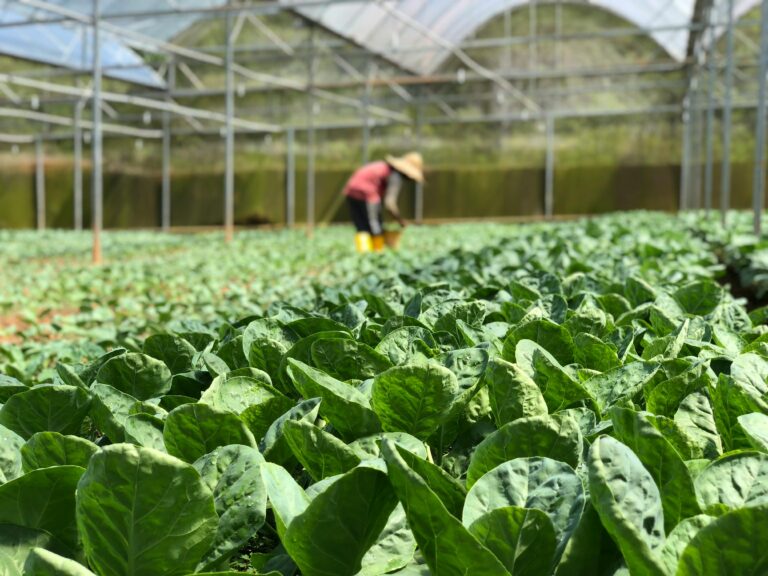Your Guide to a Zero Waste Thanksgiving Feast
Intro
In today’s world, the concept of zero waste living is gaining momentum as more people recognize the importance of sustainable practices. One area where reducing waste can have a significant impact is during the Thanksgiving feast, a time often associated with excess and indulgence. By adopting zero-waste principles for your Thanksgiving celebration, you not only contribute to a healthier environment but also set an example for your community. In this guide, we will explore tips and strategies for hosting a zero-waste Thanksgiving that is both sustainable and fulfilling.
Planning a Zero-Waste Thanksgiving
Embarking on the journey of a Zero-Waste Thanksgiving requires thoughtful planning and a keen awareness of detail. Begin by designing a menu that reflects the bounty of the season, selecting ingredients that are both locally sourced and seasonal. This approach not only bolsters local economies but also decreases the environmental toll incurred by long-distance food transport. In aligning your feast with the rhythms of nature, you’ll find that the flavors are richer and the food more nourishing.
Calculating the appropriate quantity of food is another pivotal step in your planning process. Overestimation leads to excess, which contradicts the zero-waste ethos. A useful strategy is to have a clear headcount of your guests and plan portions accordingly. This precision will minimize leftovers and reduce the likelihood of food waste.
In the digital era, the convenience and eco-friendliness of online invitations cannot be overstated. Opting for digital invites over traditional paper ones not only conserves resources but also simplifies the management of guest responses. An accurate RSVP count is instrumental in fine-tuning your food preparation, ensuring you cook just enough to satisfy your guests without surplus.
Consider also the logistics of your meal’s presentation. Encourage guests to bring their own containers for leftovers, which fosters a collective effort towards waste reduction. This gesture not only alleviates the burden on the host for storage but also ensures that every morsel of food prepared finds a purpose beyond the Thanksgiving table.
Engaging in these preparatory measures sets the foundation for a celebration that is both meaningful and environmentally conscious. By meticulously planning your Zero-Waste Thanksgiving, you embody the spirit of gratitude and stewardship towards the planet, paving the way for a tradition that future generations will be proud to inherit.
Sustainable Food Preparation
The journey toward sustainable food preparation for a Zero-Waste Thanksgiving is filled with opportunities to innovate and minimize our environmental footprint. Key to this endeavor is the mindful use of ingredients and kitchen resources. When preparing your feast, consider employing techniques that utilize the entirety of each ingredient. For example, vegetable peels, often discarded, can enrich stocks or be roasted for a nutritious snack. Similarly, meat bones and scraps can form the basis of hearty broths, ensuring that no part of your purchase goes to waste.
In the realm of leftovers, which are inevitable even with the best planning, creativity becomes your greatest ally. Transforming these remnants into entirely new meals not only prevents waste but also offers your family a delightful culinary experience in the days following Thanksgiving. From savory turkey pot pies to sweet potato pancakes, the potential for innovation is boundless. Should you find yourself with more leftovers than you can consume, sharing with guests or freezing for later use is a prudent approach.
Another critical aspect of sustainable food preparation is the conscious choice of kitchen tools and practices. The move away from single-use plastics by embracing reusable containers, silicone lids, and glass jars for storage is a step in the right direction. Likewise, investing in quality, durable kitchenware reduces the need for frequent replacements. Bamboo cutting boards, stainless steel pots, and silicone baking sheets are not only eco-friendly but also effective and long-lasting.
By focusing on these sustainable food preparation methods, you contribute to a cycle of responsible consumption and waste reduction. This Thanksgiving, let your kitchen be a testament to your commitment to a healthier planet, demonstrating that thoughtful choices can lead to both a delicious feast and a sustainable lifestyle.
Waste Reduction Strategies
Navigating the aftermath of Thanksgiving requires attention to waste reduction strategies to truly achieve a Zero-Waste celebration. Composting emerges as a key player in this endeavor. Embarking on a composting journey transforms food scraps and organic waste into nutrient-rich soil, diverting significant amounts of waste from landfills. Whether you’re a composting novice or looking to refine your existing system, Thanksgiving provides the perfect opportunity to incorporate more organic matter from your kitchen into your compost pile. Think vegetable peels, coffee grounds, and even paper napkins, assuming they’re unbleached and free of chemical contaminants.
Recycling takes on an equally vital role. With an array of packaging from food products, it’s imperative to be well-versed in your local recycling protocols. Understand the types of materials accepted and the form they need to be in (cleaned, separated, etc.) to ensure your recyclables are processed efficiently. This small step can dramatically increase the likelihood of your materials being recycled properly, thus reducing your environmental footprint.
Donations represent a powerful avenue for waste reduction, extending the spirit of Thanksgiving beyond your table. Before the holiday, connect with local shelters, food banks, or community kitchens to understand their needs and guidelines for food donations. Surplus dishes or ingredients can provide nourishing meals for those in need, transforming potential waste into an act of community support and kindness.
In implementing these waste reduction strategies, you play an integral part in closing the loop of consumption and waste. By choosing to compost, recycle, and donate, you actively contribute to a sustainable ecosystem, underscoring the importance of mindful post-Thanksgiving practices that honor both the environment and societal well-being.
Eco-Friendly Table Settings and Decorations
The essence of a zero-waste Thanksgiving is not only in the meal we serve but also in how we present it. Choosing eco-friendly table settings and decorations plays a crucial role in reducing our environmental footprint while celebrating. Instead of opting for disposable items that will only end up in landfills, consider setting your table with reusable tableware. Durable plates, glassware, and utensils not only add elegance to your Thanksgiving dinner but also affirm your commitment to sustainability.
Transform your table into a centerpiece of eco-consciousness by utilizing decorations that echo the beauty of nature and the principle of reuse. For instance, instead of buying new decorations, look around your home for items that can be repurposed. Mason jars can hold candles or small bouquets of autumn leaves and branches you collect from your yard. Cloth napkins, in lieu of paper, can be fashioned from fabric scraps or repurposed linens, adding a touch of warmth and personality to your table setting.
Moreover, the charm of natural materials cannot be overstated. Pine cones, acorns, and even fallen branches can be artfully arranged to create a rustic and inviting atmosphere. These elements not only minimize waste but also serve as a reminder of the season’s beauty and the importance of preserving it.
Engaging in the creation of DIY decorations is a wonderful way to involve the whole family in the preparations, fostering a sense of creativity and togetherness. Children and adults alike can enjoy crafting centerpieces, place cards, and other decorative elements from recycled materials or items found in nature. This collaborative effort not only reduces waste but also enhances the festive spirit, making your Thanksgiving celebration uniquely memorable and environmentally responsible.
Post-Thanksgiving Waste Management
As the Thanksgiving celebration winds down, effective management of leftovers and waste becomes paramount in maintaining our commitment to a zero-waste lifestyle. Embracing this stage with innovative and sustainable practices ensures that the environmental ethos of your feast extends well beyond the meal itself.
Storing leftovers is the first critical step, as proper preservation can significantly extend the life and utility of your Thanksgiving bounty. Utilize airtight containers—preferably glass or BPA-free plastic—to keep food fresh and reduce the need for future waste. Labeling these containers with contents and dates will help you track what needs to be eaten first, thereby minimizing the chance of food going bad.
Repurposing leftovers into new meals is an adventurous and eco-friendly way to approach post-Thanksgiving cuisine. Challenge yourself to create dishes that are both enticing and different from the traditional Thanksgiving flavors. Soups, casseroles, and salads are excellent vehicles for a wide variety of leftovers, providing nutritious meals without further taxing the planet’s resources.
Eco-conscious cleaning practices should also be a part of your waste management strategy. Opt for natural cleaning agents, such as vinegar and baking soda, which offer effective cleaning solutions without the harsh chemicals found in conventional cleaners. Utilizing reusable cloths instead of disposable paper towels not only reduces waste but also adds an element of sustainability to your cleaning routine.
Finally, consider the broader impact of your waste management efforts. If you find yourself with unspoiled food that cannot be consumed, look into local options for food donation. Many communities have organizations that welcome contributions, providing an opportunity to share the abundance of the season with those in need.
By approaching post-Thanksgiving waste management with intention and creativity, we can significantly lessen our environmental footprint. This mindful closing of the Thanksgiving celebration underscores our ongoing commitment to sustainable living and the well-being of our planet.






